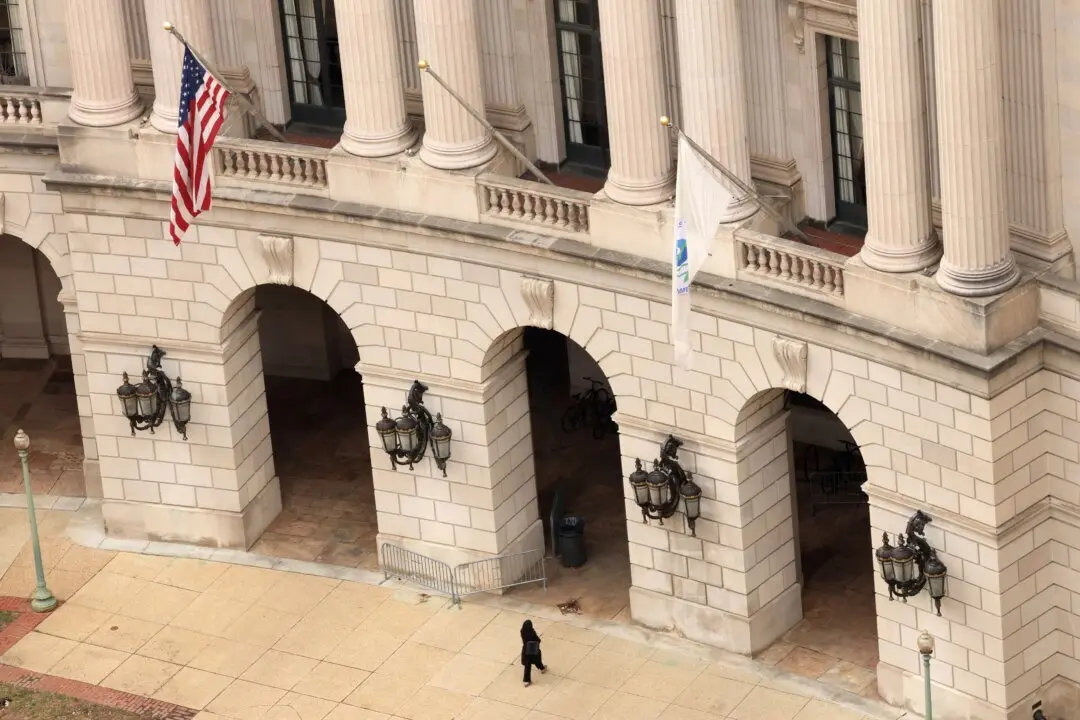OSLO—Norway’s government will later this month propose how its $1 trillion sovereign wealth fund should be run in decades to come after a state-appointed body recommended the fund be managed independently.
The fund funnels the government revenues from Norway’s oil and gas production and invests what the government is not using in its fiscal budget in stocks, bonds, and property abroad.





